Imagine stepping into your backyard and being greeted by a perfect oasis of shade, where the sun’s harsh rays are kept at bay, and you can truly unwind. Whether you’re a novice just starting to explore the joys of outdoor living or a seasoned homeowner looking to upgrade your space, our guide, “8 Shade Ideas for Your Next Project,” is here to inspire and assist you. This list promises to be your go-to resource for crafting a comfortable and stylish retreat right in your own backyard.
In this guide, you’ll discover practical ways to enhance your outdoor experience, from creating intimate hideaways to designing expansive shaded lounges. Each idea is crafted to bring you closer to enjoying the blissful rewards of outdoor living, knowing you’re equipped with the knowledge to turn your vision into reality. With a touch of creativity and a sprinkle of confidence, transforming your outdoor area into a haven of beauty and comfort is just a project away.
Incorporate Retractable Awning Systems
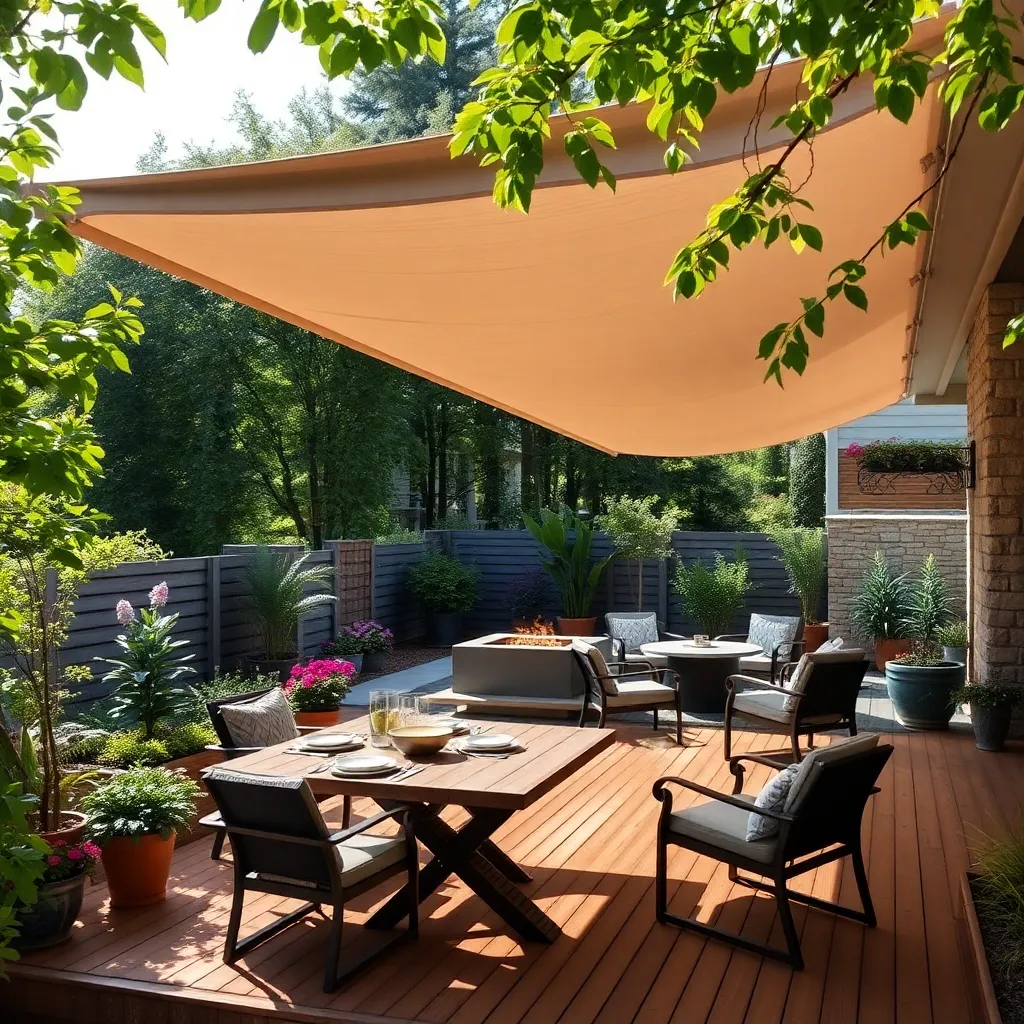
Incorporating a retractable awning system into your outdoor space offers flexibility and style. These systems allow you to easily adjust the level of shade and sunlight, making them perfect for patios and decks. Consider materials like acrylic or polyester fabric for durability and weather resistance. For beginners, installing a manual retractable awning is straightforward, while those looking for convenience can opt for motorized models with remote controls.
When planning your installation, measure your space accurately to ensure the right fit. Awnings typically extend between 8 to 14 feet, so choose dimensions based on the size of your area and desired coverage. Advanced users can integrate awning systems with smart home technology for automated adjustments based on weather conditions.
- Ensure the frame is made of rust-resistant aluminum for longevity.
- Use UV-resistant fabrics to maintain color and strength over time.
Install Freestanding Shade Structures
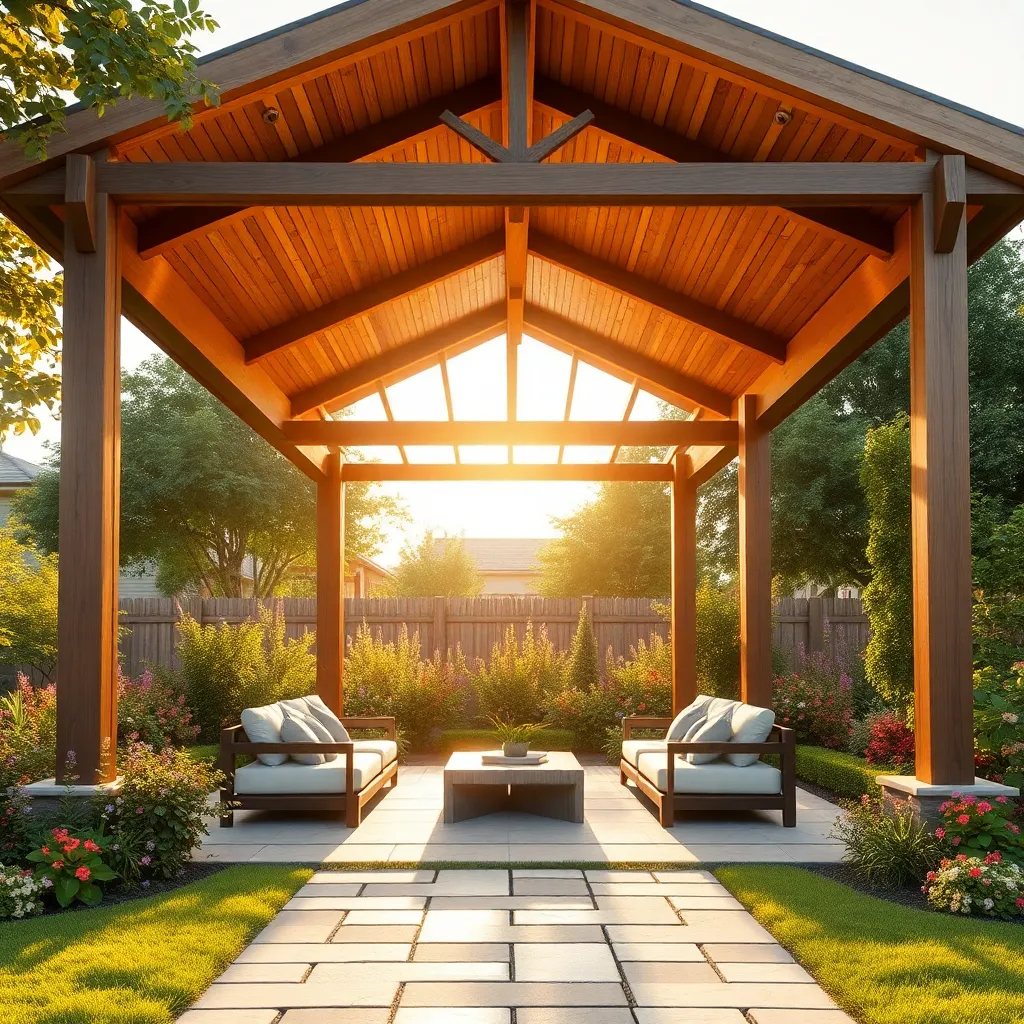
Freestanding shade structures, such as pergolas and gazebos, offer versatile ways to enhance your outdoor space. When selecting materials, consider durable options like cedar or aluminum, which withstand weather changes and require minimal maintenance. To create a comfortable environment, integrate features like retractable canopies or weather-resistant fabric roofs that provide adjustable shade. Keep your design in harmony with your existing landscape by choosing a style that complements your home’s architecture.
For a more advanced approach, incorporate elements like climbing plants or string lights to add ambiance and functionality. Ensure a stable installation by anchoring posts securely, either by setting them in concrete or using heavy-duty post bases, especially in windy areas. When planning, measure your space accurately to determine the ideal size of your structure; a typical pergola might be around 10×10 feet, but customize it to suit your area. With thoughtful planning and design, a freestanding structure can become the centerpiece of your outdoor retreat.
Create Natural Canopies with Vines
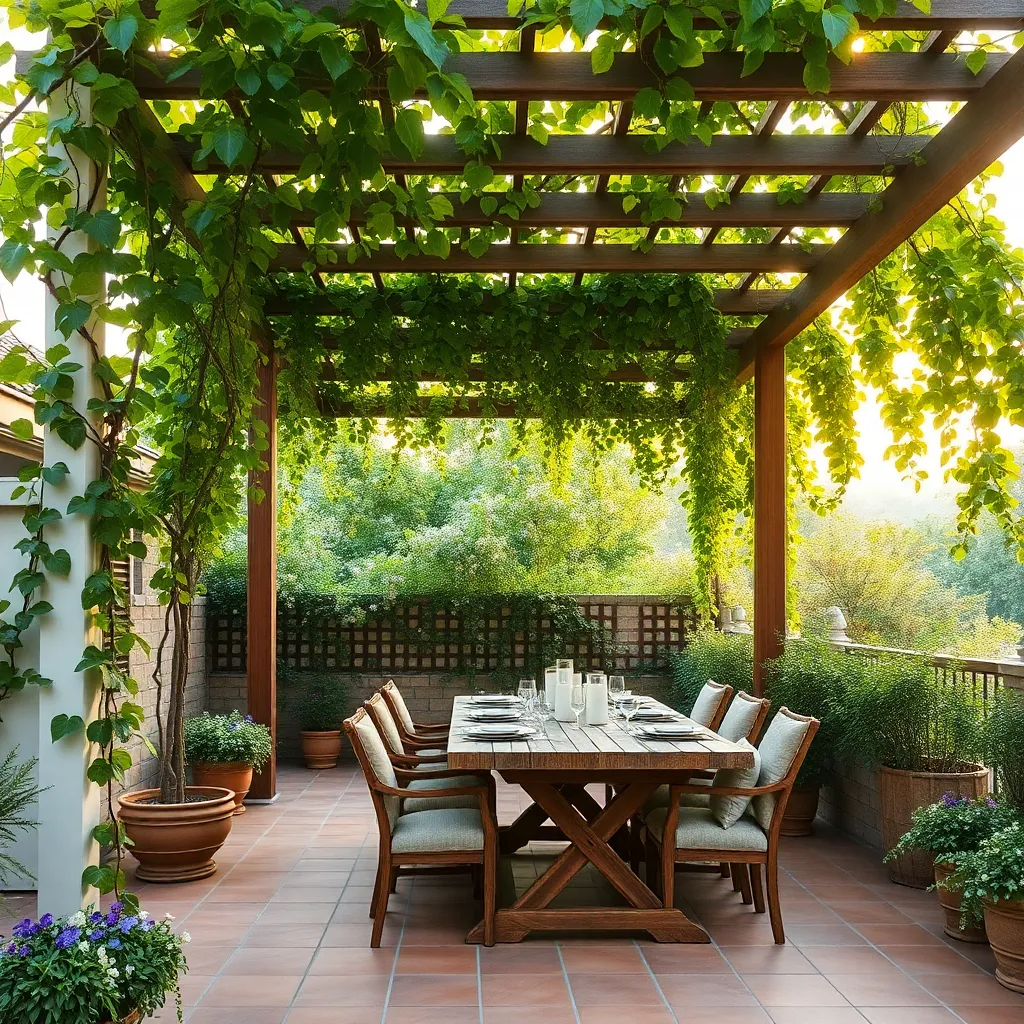
Transform your outdoor space by creating natural canopies with vines, an eco-friendly and aesthetic solution for shade. Start by selecting fast-growing, hardy vines like Clematis or Wisteria, which thrive in various climates and provide lush coverage. For beginners, installing a simple trellis or an arbor made from treated wood or metal as a support structure is a straightforward approach. Ensure your structure is sturdy enough to support the weight of mature vines, and position it to maximize shade throughout the day.
For a more advanced project, consider crafting a pergola or gazebo, integrating vines into the design. Use durable materials like cedar or pressure-treated lumber, keeping in mind a recommended minimum height of 8 feet to allow for growth and maintenance. Space the beams approximately 12 inches apart to allow vines to weave naturally while providing dense coverage. Regularly train and prune the vines to maintain shape and encourage healthy growth. With time and care, your vine-covered canopy will not only offer shade but also enhance the beauty of your garden.
Utilize Shade Sails for Flexibility
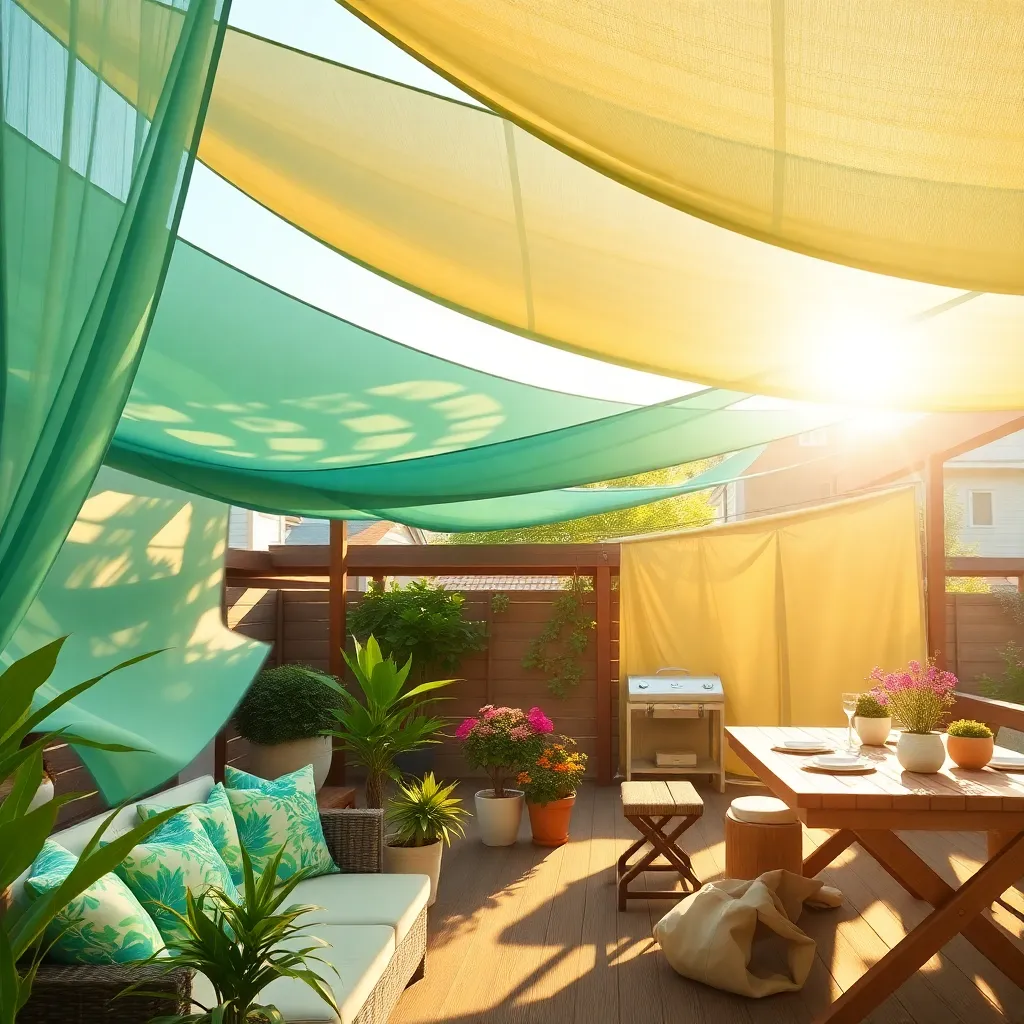
Shade sails are an excellent option for those seeking flexibility in their outdoor spaces. They are easy to install and can be adjusted to suit various angles for optimal sun protection. When choosing materials, opt for high-quality, UV-resistant fabric to ensure durability and long-lasting shade. For beginners, start with a simple triangular sail design, which offers stability and ease of installation. Advanced gardeners might consider layering multiple sails for enhanced sun protection and aesthetic appeal.
To install shade sails, you’ll need sturdy anchor points such as poles or trees. Ensure that the installation points are stable and secure, as this is crucial for the sails’ tension and effectiveness. Use stainless steel hardware for longevity, and consider adjustable turnbuckles to fine-tune the sail’s tension. For a more professional look, coordinate the sail colors with your existing outdoor decor. This not only enhances aesthetic appeal but also creates a cohesive outdoor environment. Whether you’re a novice or an expert, shade sails offer a versatile solution for any garden project.
Add Pergolas with Adjustable Louvers
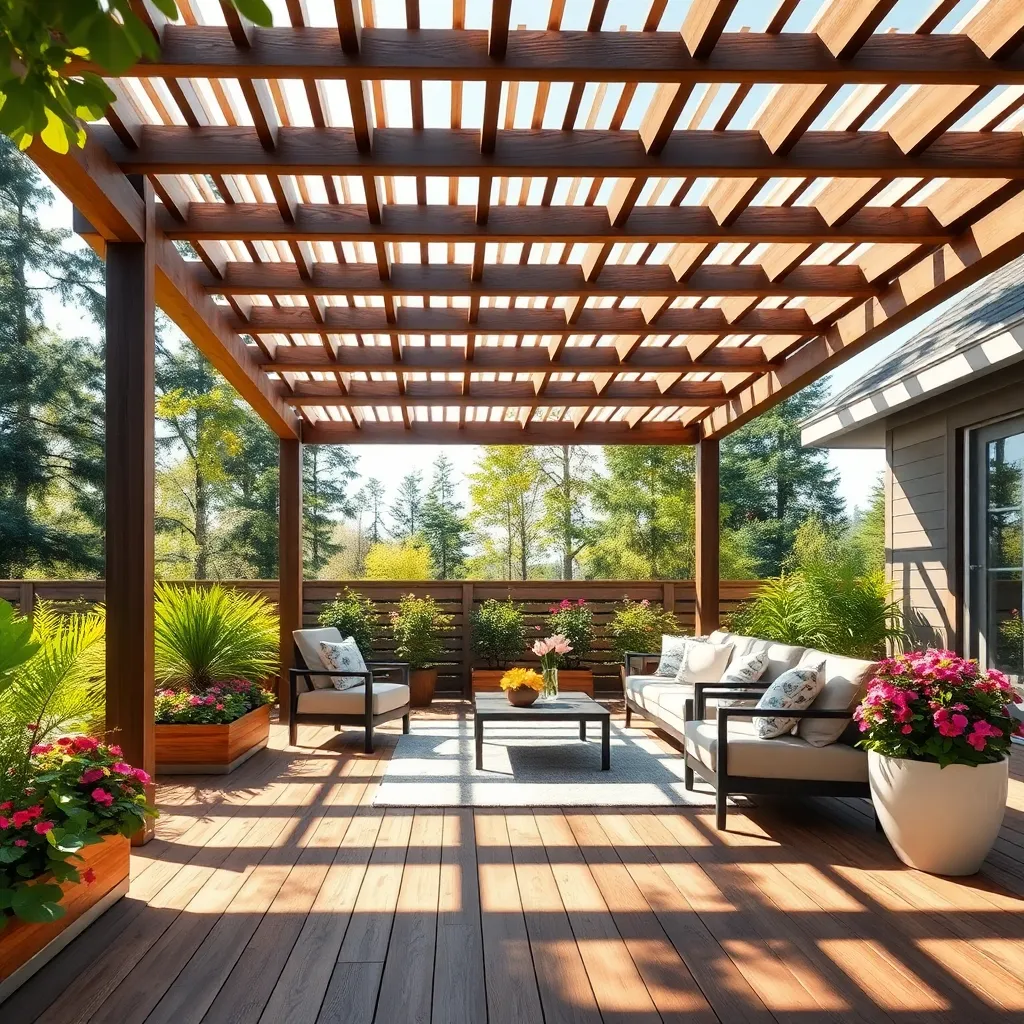
Consider adding a pergola with adjustable louvers to create versatile outdoor shade. These structures, typically made from durable materials like aluminum or treated wood, allow you to control the amount of sunlight filtering through. By adjusting the louvers, you can enjoy full sun, partial shade, or complete shelter from rain. This flexibility makes them ideal for areas with changing weather conditions, providing both comfort and style.
For construction, ensure the pergola is securely anchored to withstand various weather conditions. Beginners can opt for pre-fabricated kits with straightforward assembly instructions, while more advanced DIY enthusiasts might explore custom designs tailored to fit specific outdoor spaces. Choose louvered systems with weather-resistant coatings to extend the lifespan and maintain the appearance of your pergola. Consider dimensions that match your space, generally aiming for a height of 8 to 12 feet to ensure ample headroom and aesthetic appeal.
Employ Portable Umbrella Solutions
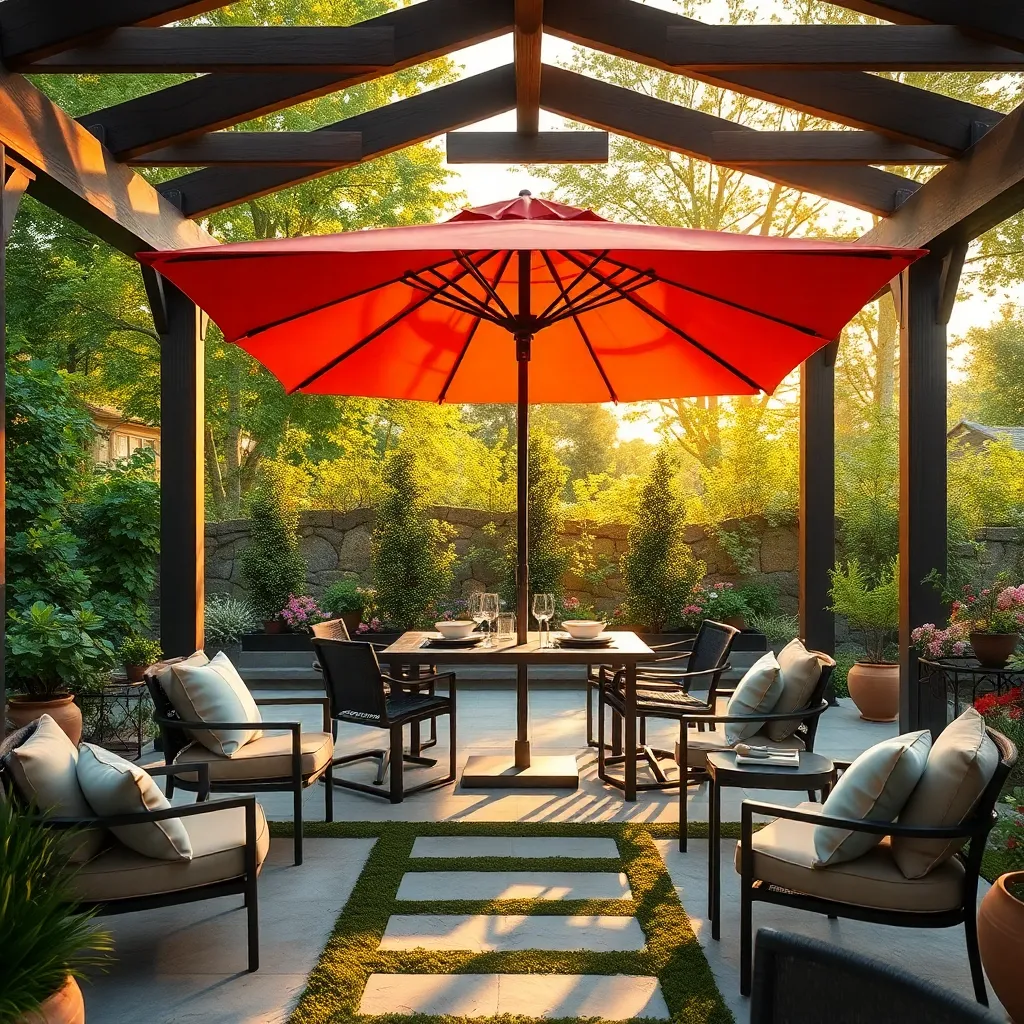
For a versatile and budget-friendly shade solution, consider employing portable umbrellas. These umbrellas are perfect for patios, decks, or garden areas where you need flexible coverage. Opt for umbrellas with a sturdy base and a durable, weather-resistant fabric like polyester or acrylic. They can be easily moved to different locations, making them ideal for changing light conditions or for use during different times of the day.
Choosing the right size and style is crucial for effectiveness and aesthetics. Look for umbrellas with adjustable tilt and crank mechanisms for easy operation and maximum shade coverage. For added stability, consider models with a weighted base or the option to anchor the base into the ground. Advanced users might explore cantilever umbrellas, which provide a larger shaded area without a central pole, offering a sleek, unobstructed space beneath. Whether you’re hosting a summer barbecue or enjoying a quiet afternoon, portable umbrellas are a practical addition to any outdoor setting.
Design with Shade-Giving Trees
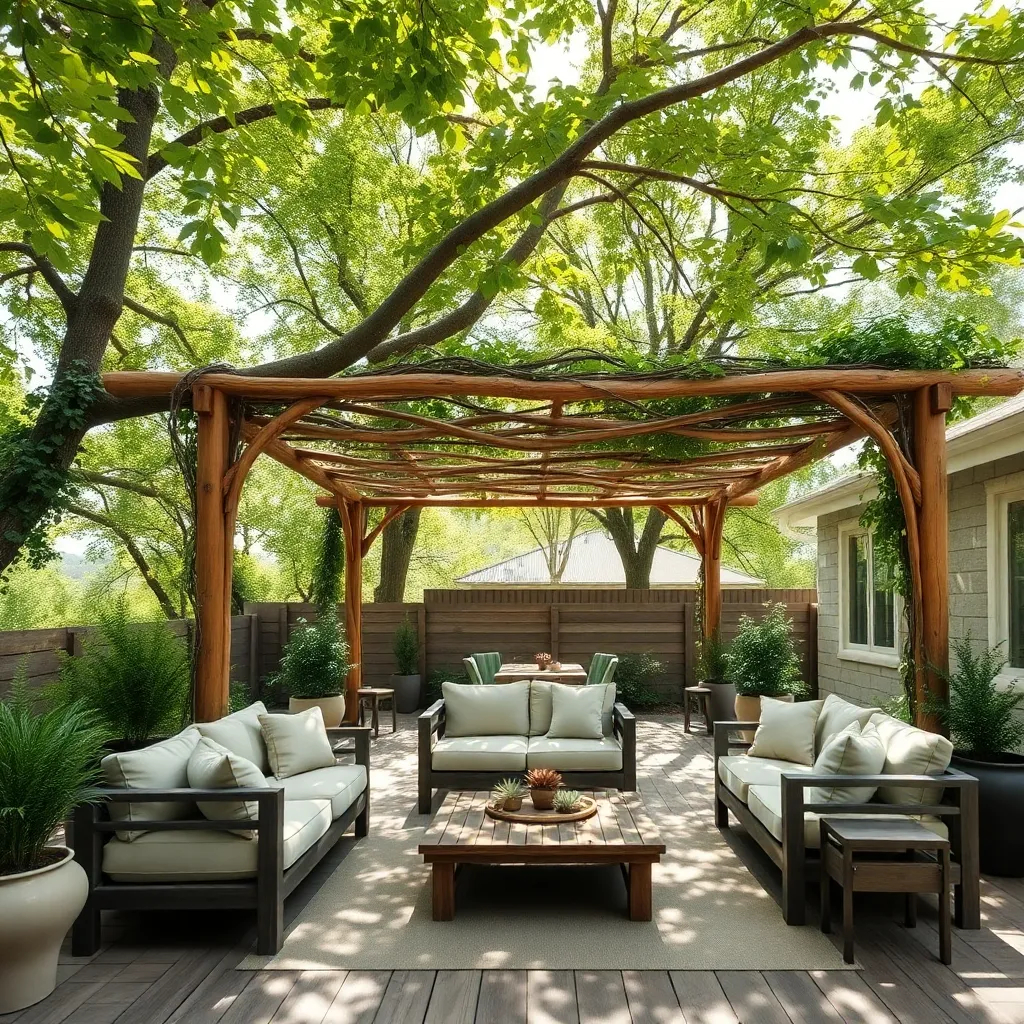
Integrating shade-giving trees into your outdoor design not only enhances the aesthetic appeal but also provides a natural, eco-friendly shelter. When choosing trees, consider species known for dense foliage and fast growth, such as maples or oaks, which can offer ample shade. Position trees strategically around patios or seating areas, aiming for a spacing of about 15 to 20 feet apart to allow for full crown development while ensuring adequate coverage.
For a more advanced approach, consider incorporating trees as part of a larger pergola or trellis system. This can be achieved by planting slow-growing, ornamental trees like Japanese maples or dogwoods that complement the structure’s design. Use sturdy materials like cedar or redwood for the pergola to withstand the elements and harmonize with the natural surroundings. By combining trees with structural elements, you create a dynamic, layered outdoor space that’s both functional and visually stunning.
Integrate Vertical Gardens for Shade
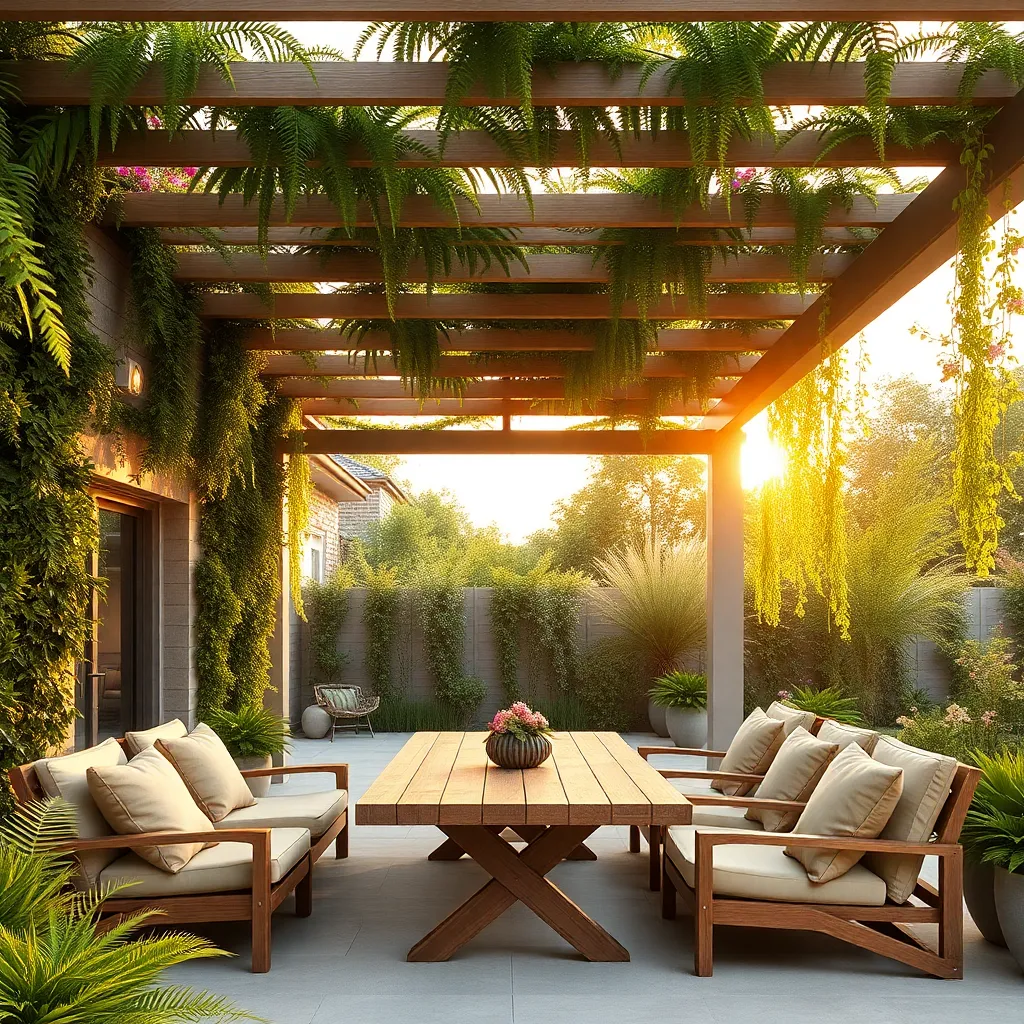
Incorporating vertical gardens into your outdoor space is an innovative way to add both shade and greenery. Start by selecting a sturdy frame or trellis; materials like galvanized steel or treated wood are excellent choices for durability. Position the structure in a location that receives maximum sun exposure, allowing it to effectively block sunlight and provide shade. For beginners, consider using climbing plants like ivy or jasmine, which are low-maintenance and grow quickly. Ensure the framework is securely anchored to withstand wind and weather conditions.
For those looking to enhance their vertical garden, consider integrating drip irrigation systems to ensure consistent watering, especially during dry spells. Using a mix of plants can add texture and depth; combine flowering vines with lush, leafy varieties for an eye-catching effect. Advanced gardeners might experiment with tiered planting designs or incorporate edible plants like tomatoes or cucumbers, which thrive in vertical setups. By selecting plants with dense foliage, you maximize the shade provided while creating an inviting natural retreat.
Conclusion: Creating Beautiful Outdoor Spaces
In exploring the vibrant spectrum of relationship dynamics, we’ve delved into eight transformative concepts: the importance of open communication, the power of shared goals, the role of empathy, the necessity of trust, the art of compromise, the strength of forgiveness, the joy of shared experiences, and the vitality of maintaining individual identities. Each idea serves as a cornerstone for building and nurturing meaningful connections.
As you reflect on these insights, consider choosing one concept to focus on today. Whether it’s initiating a heartfelt conversation or planning a shared activity, small steps can create ripples of positive change in your relationship.
Remember, these ideas are not just theory but practical tools to enhance your everyday interactions. Save or bookmark this article so you can revisit these concepts whenever you need a guiding light on your relationship journey. Your future success in cultivating fulfilling relationships begins with the intentional actions you take today. With commitment and care, you’re well on your way to creating lasting, loving bonds that enrich your life. Embrace the journey with confidence, knowing you have the knowledge to thrive.
